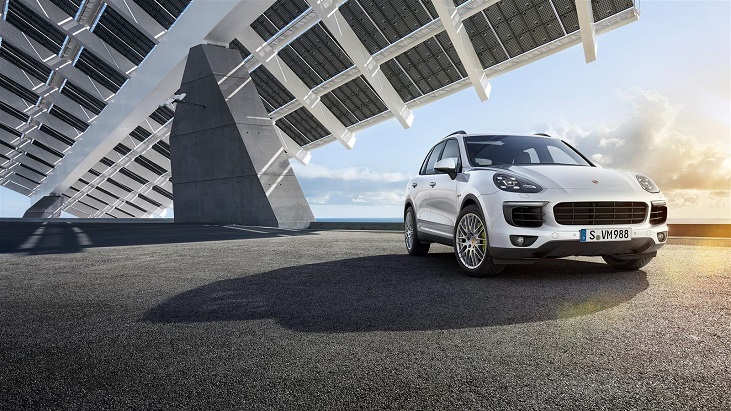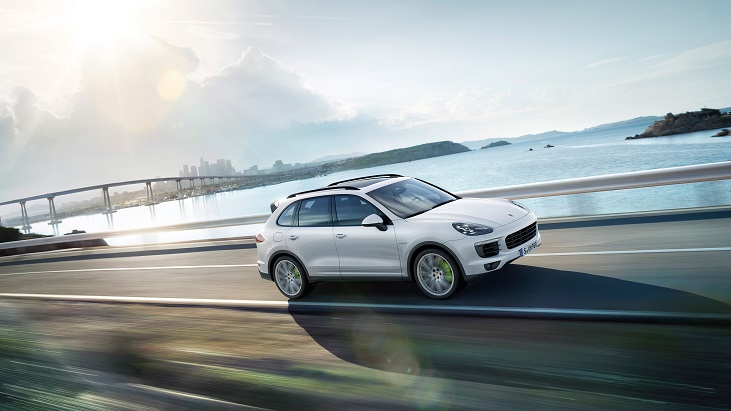Hybrid technology is advancing rapidly in today’s automobile industry. Vehicles that use more than one power source are classified as hybrids. Typically, hybrid cars utilize electric motors in conjunction with standard diesel or petrol combustion engines. This growing trend in automobiles allows for more fuel-efficient and environment-friendly cars, which are beneficial on multiple levels and will be explored in depth below.
It is important to first understand the mechanics of these cars. The addition of the electric motor in conventional hybrid cars allows them to function purely on electricity, purely on fuel or simultaneously use both the electric motor and combustion engine together. In this version of the hybrid, the electric battery is charged during use of the engine. Plug-ins are another increasingly popular format of the hybrid car. These cars normally come with larger, more effective lithium-ion batteries and can usually function for longer periods on electricity as they can be charged both during engine use and through plugging into any electrical outlet.
With the increasing threat of climate change, hybrid cars allow for a smaller carbon footprint, through their fuel-efficient mechanism. As journeys can be taken purely on electricity, or with a combination of electric and fuel power, the carbon emissions of hybrids are less than those of average cars. Furthermore, the owners of hybrid cars benefit from not having to refuel their cars constantly. The electric functionality of hybrids means that the cars can simply charge and run on electricity or a mix of electricity and fuel, to decrease both emissions and fuel costs.
To add to this, in Pakistan, hybrid car owners are at an advantage in terms of taxation. Previously, consumers bore the costs for the duties incurred when purchasing imported hybrids. However, the government has included subsidized sales taxes for importing and supplying electric hybrid vehicles in the budget for 2014-15. Hybrid importers, under this budget, are exempted up to 50 percent of taxes on electric hybrids with engine sizes up to 1800cc and exempted up to 25 percent for electric hybrids with engines that are larger than 1800cc.
In the world of hybrids, there is some variety available among cars though fuel-efficient “plug-in” hybrids are not very common. Porsche, for example, is the only automobile corporation that offers three plug-in hybrid vehicles, with other manufacturers offering them few and far between. However, this trend is growing. Recently, the Porsche Cayenne S E-Hybrid was introduced to the Pakistani market, which is a prime example of the abilities of vehicles with plug-in technology.
The Cayenne is a powerful SUV which hosts a drive system based on a full hybrid architecture with a 3.0 liter V6 engine. This vehicle allows pure electric drives that can last for 18 to 36 km due to a large lithium-ion battery with a 10.8 kWh capacity. Cars like this can cover most daily journeys exclusively on electricity, local emission-free, with ease. For reference, the electric motor of the Cayenne boasts top electric speeds of up to 125km/hr and 95 horsepower, which is more than sufficient for driving within urban areas. As the SUV only takes around 2.7 hours to charge through the plug-in function, this is a convenient and eco-friendly alternative for daily car use.
When hybrid users need an extra kick in their drive, the fuel engine can be turned on and this will bring added power to the table. For longer, more demanding drives the Cayenne allows users to engage both the electric and fuel-based engines together or simply engage the combustion engine alone. The horsepower of the Cayenne, as an indicator, is a total of 416 with a total torque of 590 Nm and top speed of 243km/hr, so there is no shortage in the power capabilities of hybrid cars. This car, in fact, only consumes 3.4 liters of fuel per 100 km leading to a very low 79g/km of carbon emissions during use of the combustion engine.
With all of their advantages, the production of hybrids is on an upward gradient globally, bringing more of the like to meet the demands of consumers. Our future lies in hybrid technology, with increasing stresses on the environment added to the increasing costs of running purely fuel-based cars. The Government of Pakistan has also recognized this advantage and is playing a role in making hybrids more easily available in the Pakistani market. However, as the technology is developing, continued support is required to ensure that these cars are easily available and a feasible option for consumers.






 Infinix Hot Note Review: A huge phone for a cheap price
Infinix Hot Note Review: A huge phone for a cheap price